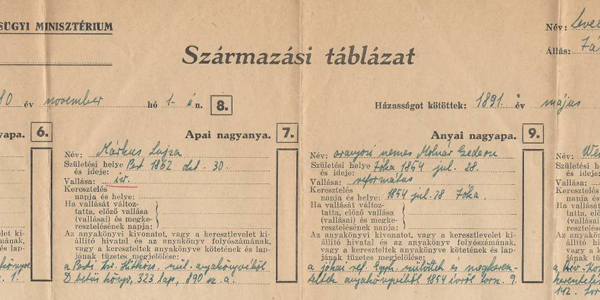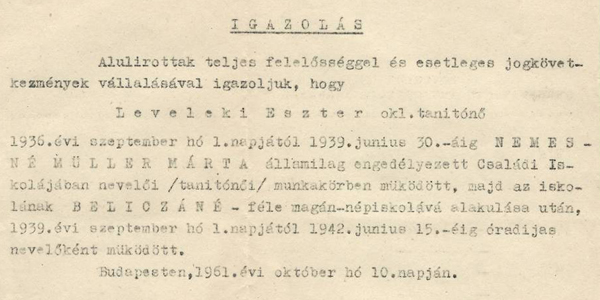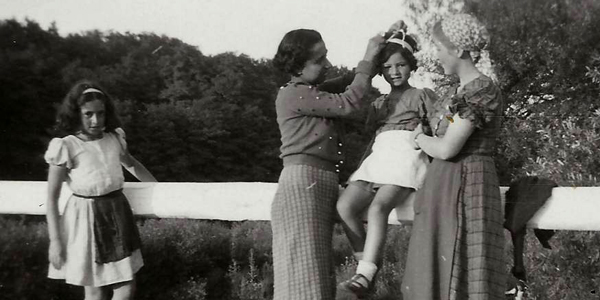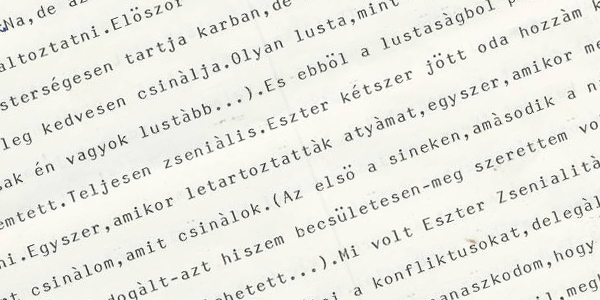
In the memoirs and retold stories of former campers, summers in Bánk are presented as a community experience that affected participants’ entire lives, one that offered them a unique feeling of hospitality and security within the world of adults. Fusing the camp’s forty-year story into a continuous whole were the person of Eszter Leveleki, the coherent pedagogy of the time, and a mythology and rich body of symbolism developed by the campers themselves. Over the course of its existence, however, the social, cultural, and political backdrop underwent a series of fundamental transformations. In a Hungary striving to rebuild itself after the Second World War, childhood experiences, too, were transformed from one decade to the next. Popular books, leisure activities, games, heroes, the realm of the imagination, the street as a childhood playground, and the paths and opportunities associated with the differences between boys and girls all fell prey to the changes. At the same time, the organisation of summer vacations for children outside the state system on the basis of the reform pedagogy of the twenties and thirties proved an activity necessarily restricted to semi-legal, semi-informal communities that moved counter to their official surroundings. Throughout its forty-year history, the camp can be seen as having perpetually moulded the changes occurring in the outside world to suit its own purposes, while at the same time, undergoing a certain measure of change itself.
Thus, continuity in this context stands as a descriptive and, concurrently, analytical concept, one that inserts the reformed educational approaches of the twenties and thirties, along with contemporary changes in play, leisure pastimes, and childhood experience, into the realm of a summer vacation in Bánk, while also incorporating the experiences of its one-time participants into the historical timeline through the act of reminiscence. It is in this way, therefore, that the exhibition binds together worlds that exist some distance apart in both time and space.












